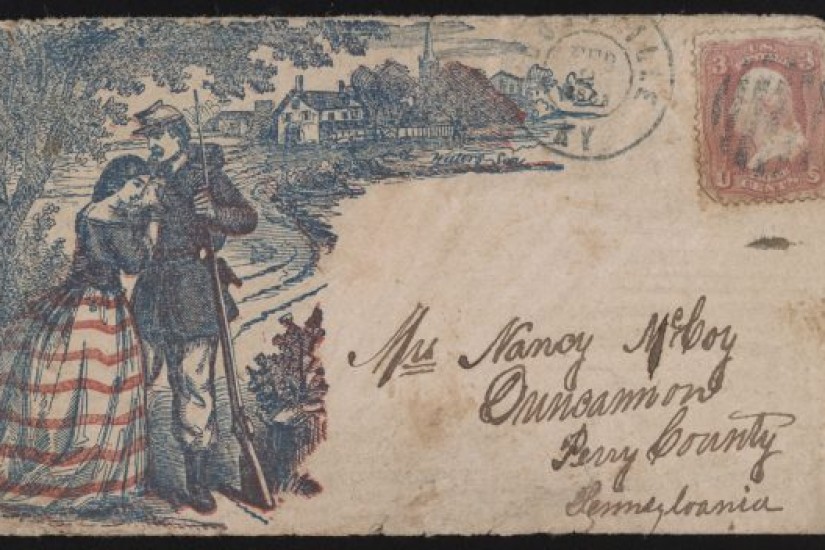Sarepta Revis was a 17-year-old newlywed when her husband left their North Carolina home to fight in the Confederate States Army. Neither had much schooling, and writing did not come easily to them. Still, they exchanged letters with some regularity, telling each other how they were doing, expressing their love and longing. Once, after Daniel had been away for more than six months, Sarepta told him in a letter that she was “as fat as a pig.” This may not seem like the way most young women would want to describe themselves, but Daniel was very happy to hear it.
Civil War soldiers and their families had abundant causes for worry. The men were exposed to rampant disease as well as the perils of the battlefield. Women, running households without help, often faced overwork and hunger. Letters bore the burdens not just of keeping in touch and expressing affection but also of assuaging fear about loved ones’ well-being. Yet most ordinary American families, never having endured a long separation until now, had little experience writing letters to each other. Sometimes barely literate—Sarepta had to ask her older brother to put down on paper what she wanted to say to Daniel—Americans quickly had to learn the delicate art of recreating the comforts of physical presence using only the written word.
Much of the time, they did so by writing about their bodies. In hundreds of millions of letters sent between battlefield and home front, moving across the nation by horse and by rail in recent innovations called envelopes, ordinary Americans reported the details of how they looked, what they ate, how much they weighed. Their world had been one of doing and touching rather than reading and writing, but now, by their ingenuity and resolve to hold their families together, they reshaped the culture of letter writing.
